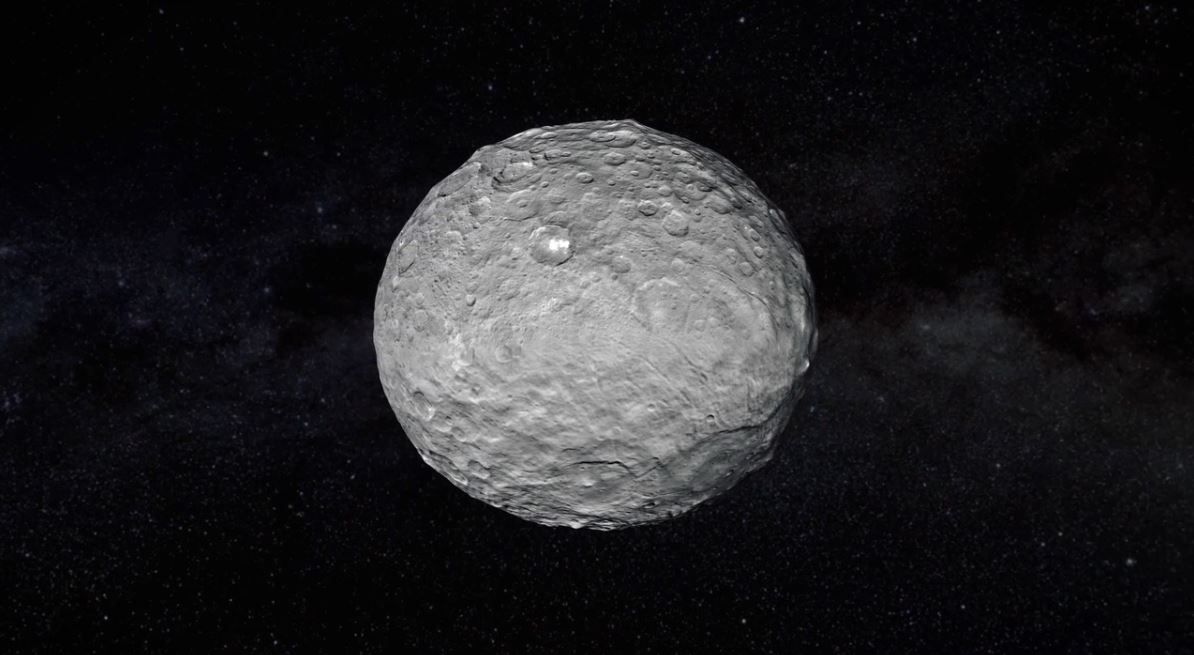
* or just a cloud of comets, or stellar debris, or…
Okay, that title was clickbait–but this is still a cool story!
KIC 8462852, a distant star situated 1,480 light-years away between the constellations Cygnus and Lyra, has been observed with a very unusual flickering pattern. Something makes the star dim drastically every few years in periods lasting between 5 and 80 days–a pattern that doesn’t show up anywhere else across the 150,000 stars we’ve studied in depth.
And scientists aren’t sure what’s going on.
Now, it’s likely that there’s a perfectly reasonable explanation: maybe catastrophic crashes in the asteroid belt; maybe a giant collision in the planetary system like the one that created our own moon; maybe small proto-planets shrouded in a cloud of dust. The most probable explanation is that a family of comets orbiting KIC 8462852 had been disturbed by the passage of another nearby star, which sent chunks of ice and rock flying inward, explaining both the dips in brightness and their irregularity.
However…there is also another theory.
Scientists (at least those of a certain bent) have theorized that an advanced alien civilization would be marked by its ability to harness all the available energy from its star, rather than being limited to a single planet’s resources. They envision megastructures like a Dyson Sphere that would orbit or even encompass a star, capturing all available power and putting it to use.
Unlike the Dyson sphere that once appeared on an episode of Star Trek: The Next Generation, such a construct would probably comprise a chain of smaller satellites or space habitats, something that would block its star’s light as weirdly and irregularly as the light of KIC 8462852 has been blocked.
There probably aren’t words to describe how badly I want this to turn out to be a Dyson sphere, or a ringworld, or, well, just about any mega-structure built by an advanced alien civilization. Hey–I’ve been reading David Brin’s Uplift books recently. Maybe its the Progenitors?
Then again, maybe its nothing.
– S.




